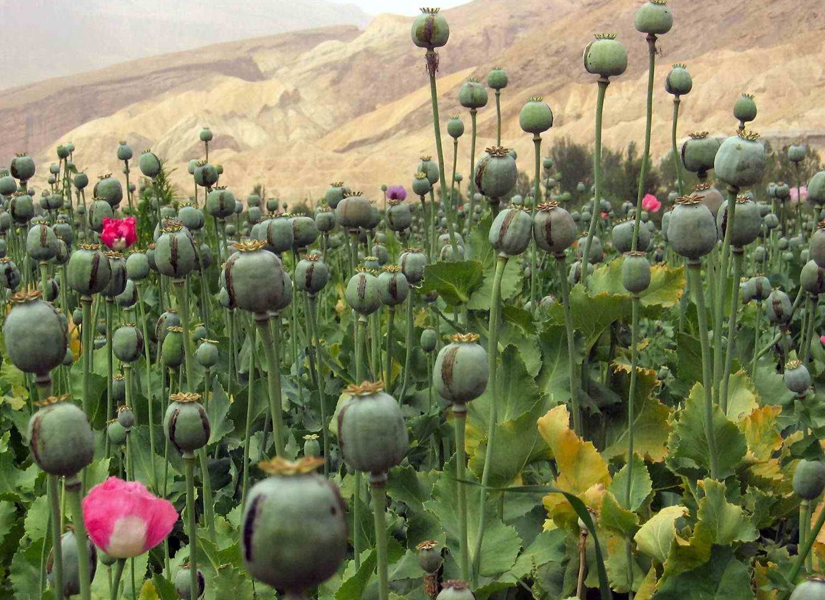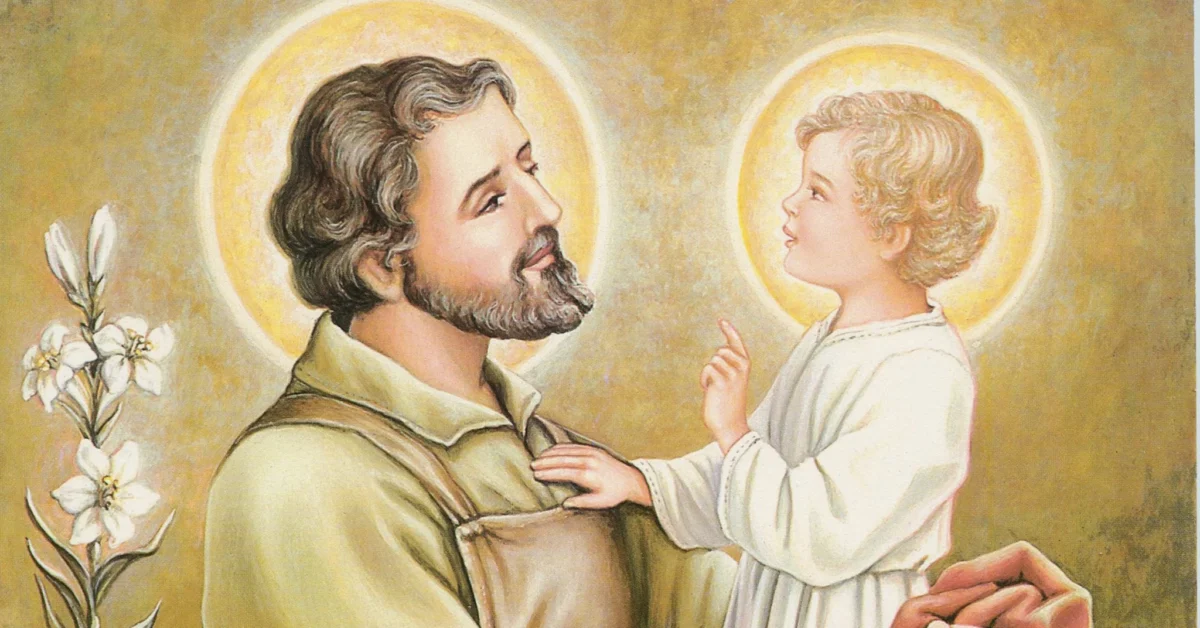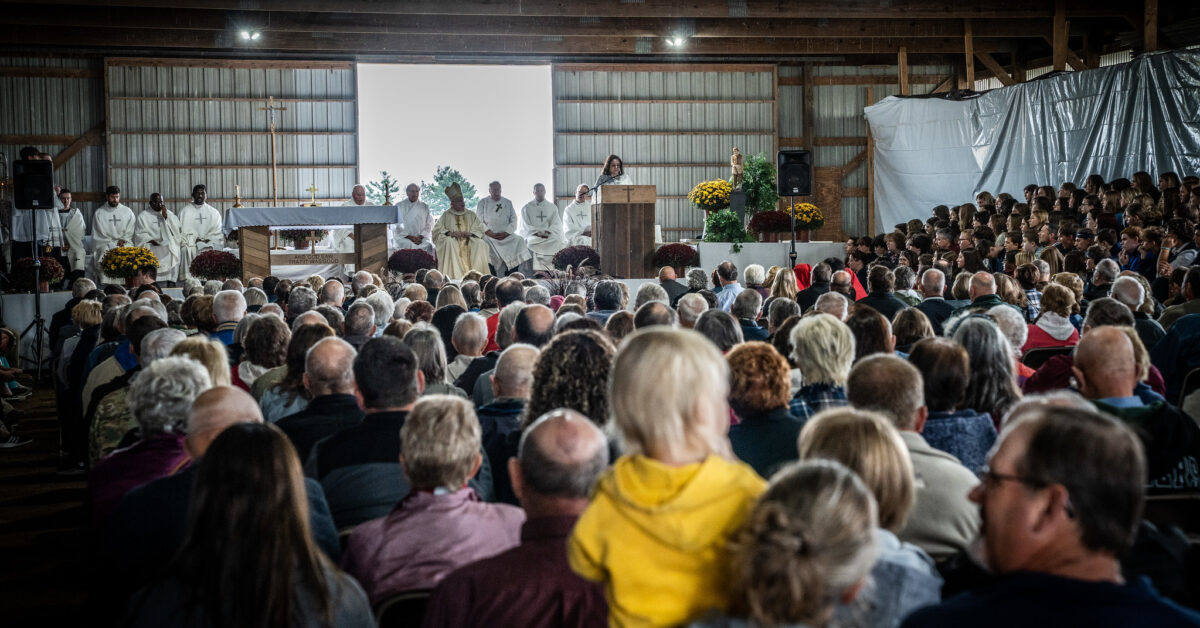Drug Addiction Prevention in Rural Areas
“Walk into any town in rural America, and ask someone if they know someone who is struggling or has struggled with addiction. Chances are the answer will be yes.”
These are the words of U.S. Agriculture Secretary Tom Vilsack who has been focused since the beginning of the year on addressing the heroin and prescription opioid epidemic in rural America.
Sec. Vilsack was appointed by President Obama in January to lead an interagency task force to confront the drug abuse epidemic. According to the Center for Disease Control, people in rural communities are more likely to overdose on prescription pain medications than people in cities, and the rate of opioid-related overdose deaths in non-metro counties is 45 percent higher than in metro counties.
Vilsack has initiated meetings with local and state government partners, the health community and other stakeholders to raise awareness of the issue and discuss possible solutions.
Catholic Rural Life became involved when Norah Deluhery, director of the Center for Faith-Based and Neighborhood Partnerships at USDA, invited us to join a conference call in late March with other faith leaders. Vilsack began the call with the grim statistic that in rural America there are 44 deaths a day due to drug overdoses. Overall, he said, the drug abuse epidemic is estimated to be $25 billion in health care costs, along with loss of work productivity. Incarceration is another social and economic cost to bear.
Vilsack said he strongly believed that faith groups can and do play a part to address this burgeoning problem in rural America. Local churches can help people seek treatment and recovery. Church leaders can play a decisive role by reducing the stigma of drug abuse as a criminal act and treat it as a disease. “Use your faith voices to advocate and educate on services that are currently available,” he said to us.
Opioid abuse takes hold
CRL has heard anecdotal accounts that the reason that opioid use is out of control is because an isolated and aging rural population is trying to deal with chronic pain. They will do anything to have a moment’s relief, as some will say.
According to the 2014 National Survey on Drug Use and Health, 6.5 million Americans abused controlled prescription drugs and a majority of abused prescription drugs are obtained from family and friends, including from the home medicine cabinet. This touches on the rural culture of sharing and the well-intentioned, but flawed action, of trying to help someone in pain.
As health officials know too well, there is a tragic path that begins with opioid use and leads to “toxic cocktails” when improperly mixed with other substances. This in turn can lead to overdoses and contraband drugs like heroin.
Sec. Vilsack and other federal officials are reaching out to faith groups and others to make us aware of the resources and tools that are effective in reducing drug use and overdoses. These include recommendations established by the Center for Disease Control that aim to provide safer, more effective care for patients with chronic pain and ultimately reduce prescription opioid use.
Official Actions
Federal, state and local governments are doing what they can to address the prescription opioid and heroin epidemic. Here are some proven tools for reducing prescription drug abuse and diversion:
— Require all prescribers to receive training on proper prescribing of opioids;
— Seek out and curtail “doctor-shopping” (i.e., finding a doctor to write pain prescriptions);
— Require prescribers and pharmacists to utilize prescription drug monitoring programs.
Another important action over the past several years is the National Prescription Drug Take-Back Day. This began in 2010 and occurs roughly twice a year; the most recent one was April 30 of this year. The aim of these drug take-back days is to provide a safe, convenient, and responsible means of disposing of prescription drugs. It is also an opportunity to educate the general public about the potential for abuse of medications. “With four out of five new heroin users starting with prescription medications, I know our take-back program makes a real difference,” reports a Drug Enforcement Administration official. http://www.deadiversion.usdoj.gov/drug_disposal/takeback/
Every September, the Substance Abuse and Mental Health Services Administration (SAMHSA) sponsors Recovery Month to increase awareness and understanding of mental and substance use issues and celebrate the people who recover. This agency, within the U.S. Department of Health and Human Services, has the mission to reduce the impact of substance abuse and mental illness on America’s communities.
Substance Abuse Ministry
In various parts of the country, the Substance Abuse Ministry works in a faith-filled manner to educate and support the needs within the community of those who are affected by substance abuse. This service ministry works to prevent alcohol, tobacco and other drug abuse, and also supports recovery from addiction. Learn more about this ministry by visiting http://Faith-Partners.org.
In Catholic communities, some parishes have established a substance addiction ministry team. Here are the basic steps to do so at your parish:
- Contact your pastor for approval.
- Enlist a core group of parishioners to enter the training and formation program.
- Contact the National Catholic Council on Addictions to schedule training.
[For more information, visit nccatoday.org/substance-addiction-ministry-sam]
Catholic dioceses can also carry out an important role. There are more than 160 Catholic Charities agencies across the country, each one providing a unique array of social services based on the needs of its community. Contact Catholic Charities in your diocese to find out what substance abuse and prevention services they might offer.
For pastors seeking guidance, a resource handbook is available online from the National Association for Children of Alcoholics. Visit http://www.nacoa.org/clergy.htm to download “Spiritual Caregiving to Help Addicted Persons & Families: Handbook for use by Pastoral Counselors in Clergy Education.”
Sec. Vilsack expressed it clearly to all of us: “Don’t judge, just help.” The faith community can help expand the strategies that are proven to work. By mobilizing partnerships at every level across the country, we can confront the opioid crisis. Only by doing so can we attain the larger goal of creating hope in rural areas.















